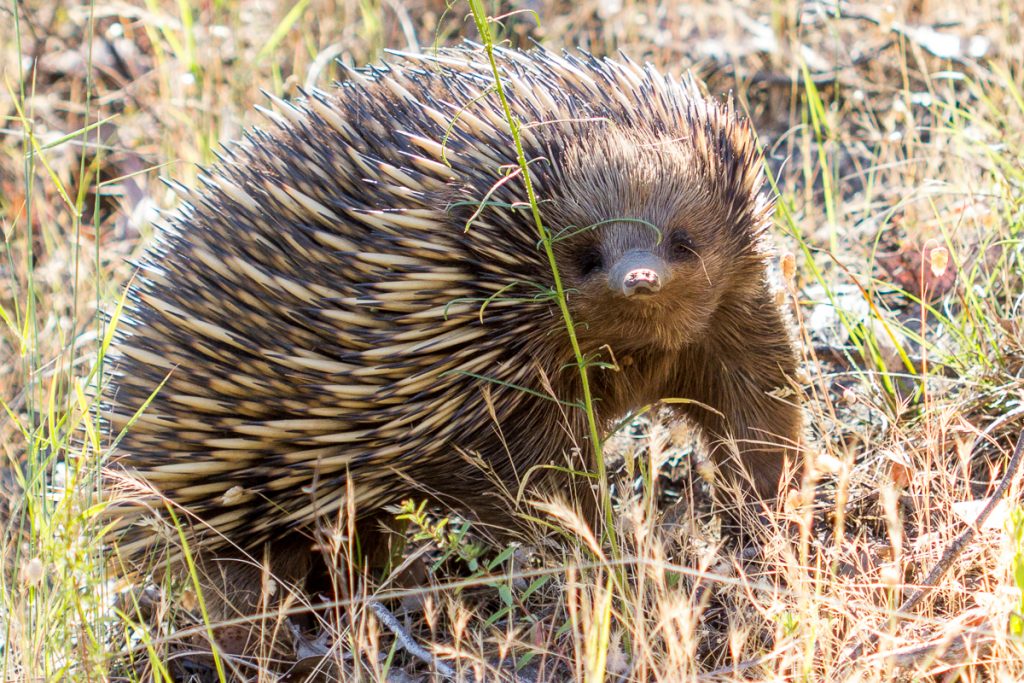By Jonathon Howard
Spring is close to breaking free from winter and soon some remarkable moves will take place. Moving can be the ultimate gesture of love: it shows a willingness for someone to drop everything to spend their life with a partner.
In the skies above us yellow-faced honeyeaters who have spent the winter in southern Queensland, will soon be returning to Albury to breed. When they return, they will pair up and lay two or three eggs in a delicate cup-shaped nest and raise their young. They are such dedicated parents, a pair may nest several times during the breeding season.
The yellow faced honeyeaters will be followed by white-naped honeyeaters who are making their way a bit further south to breed in the mountains over summer. Indeed, you may find mixed flocks of yellow-faced, white-naped, and fuscous honeyeaters, all foraging in your garden and local reserves in spring. Each species making their way to their breeding sites.
With spring, cuckoos will also come to our region. They have also decided to leave their winter homes, to arrive in the northeast, find a mate, and breed. Many cuckoos rely on the honeyeaters to raise their young. Cuckoos are brood parasites that they lay their eggs in the nests of other birds. And while the Eastern Koels arrive from there winter homes up north, Pallid Cuckoos and Fantail cuckoo, generally arrive from the west: inland Australia.
But it is an Echidna’s journeys for love at this time of year that I admire most. It’s a story of true determination and commitment. Unlike birds, which can simply use pretty colours or a dance to attract a mate, male echidnas form an orderly line behind a female in hope to be the last one standing. These lines, known as echidna love trains, can be seen in late winter- spring. During mating season, some males travel great distances looking of love.
So if you are driving in a car and you see an echidna near a road during this time, please leave it alone. Travelling at this time of the year is part of their normal behaviour. If you disturb one and try to move it to safety, it may burrow in or cling on and then not move for some time (placing it in even more danger). Simply slow and watch the event: it’s a story of love and the local wildlife is showing us what making a real commitment is all about.


